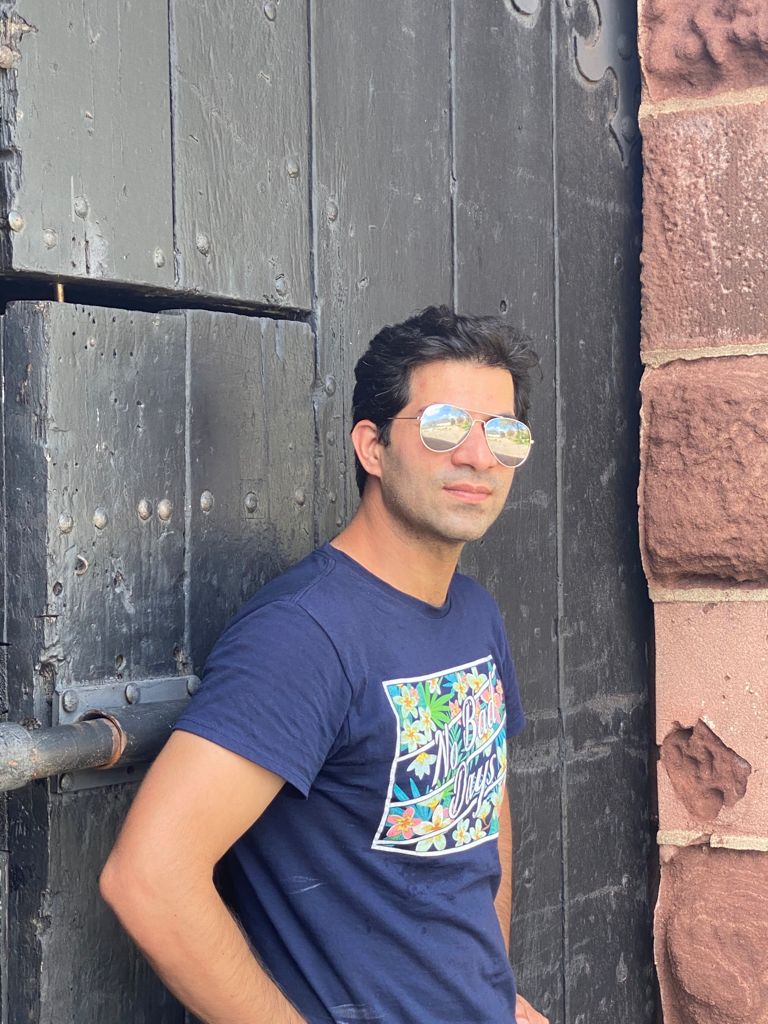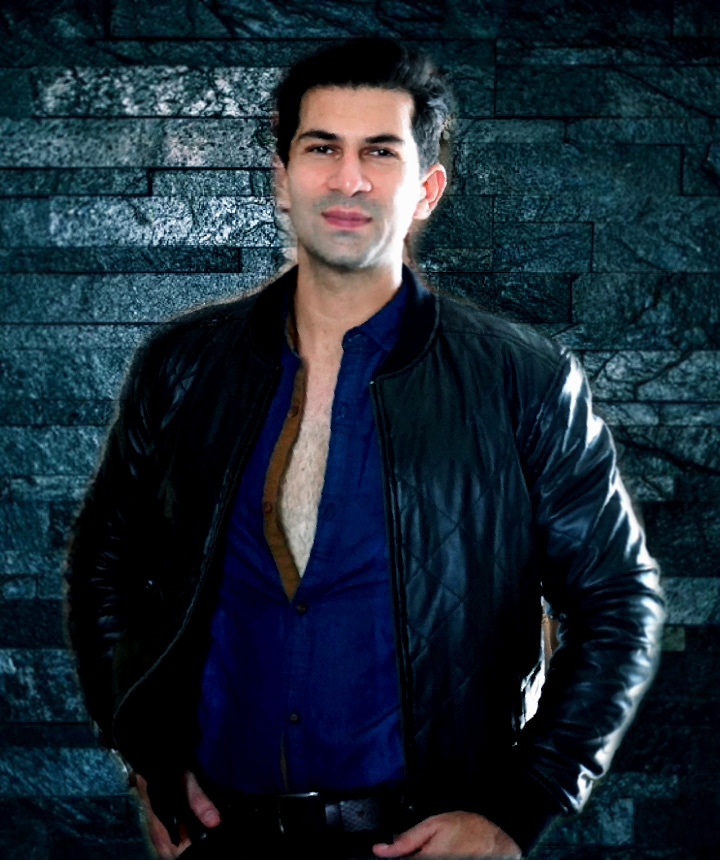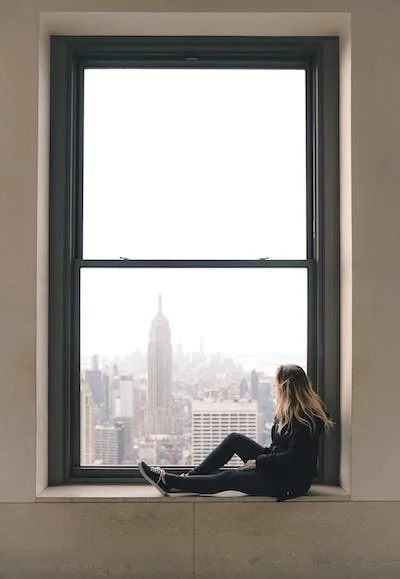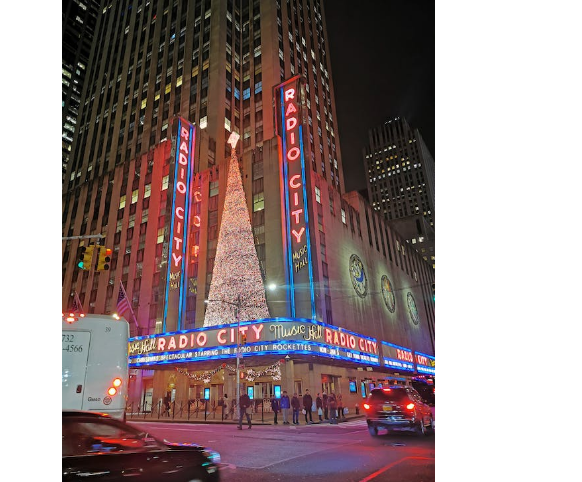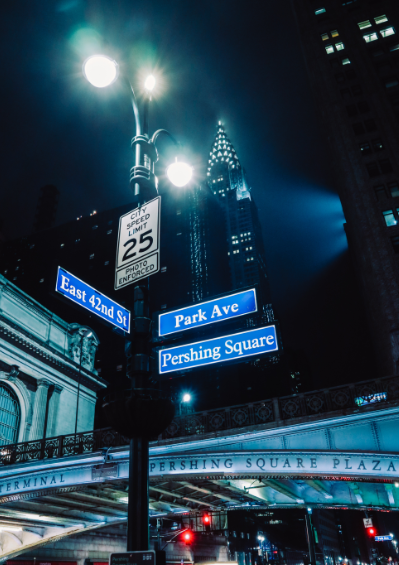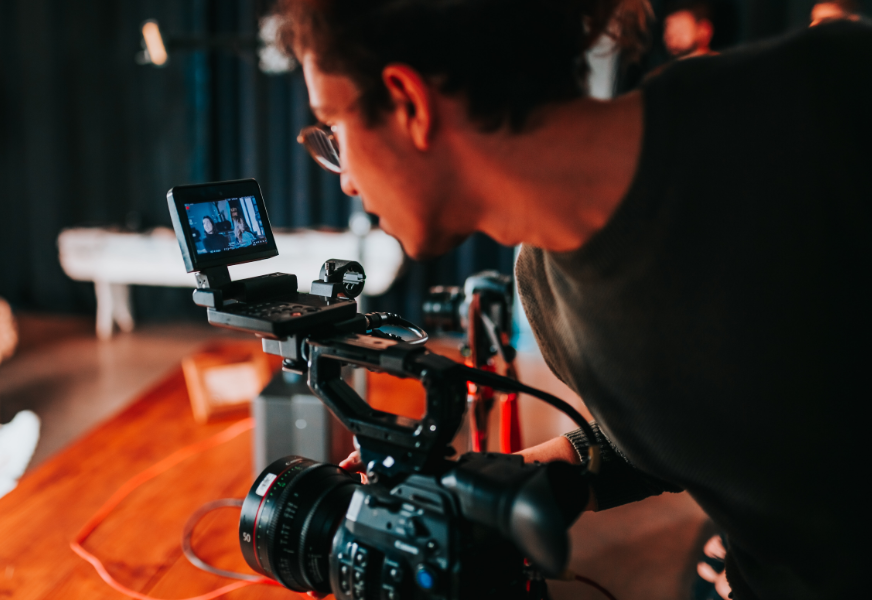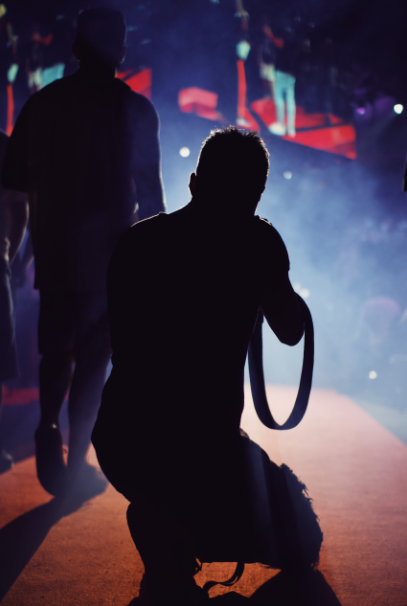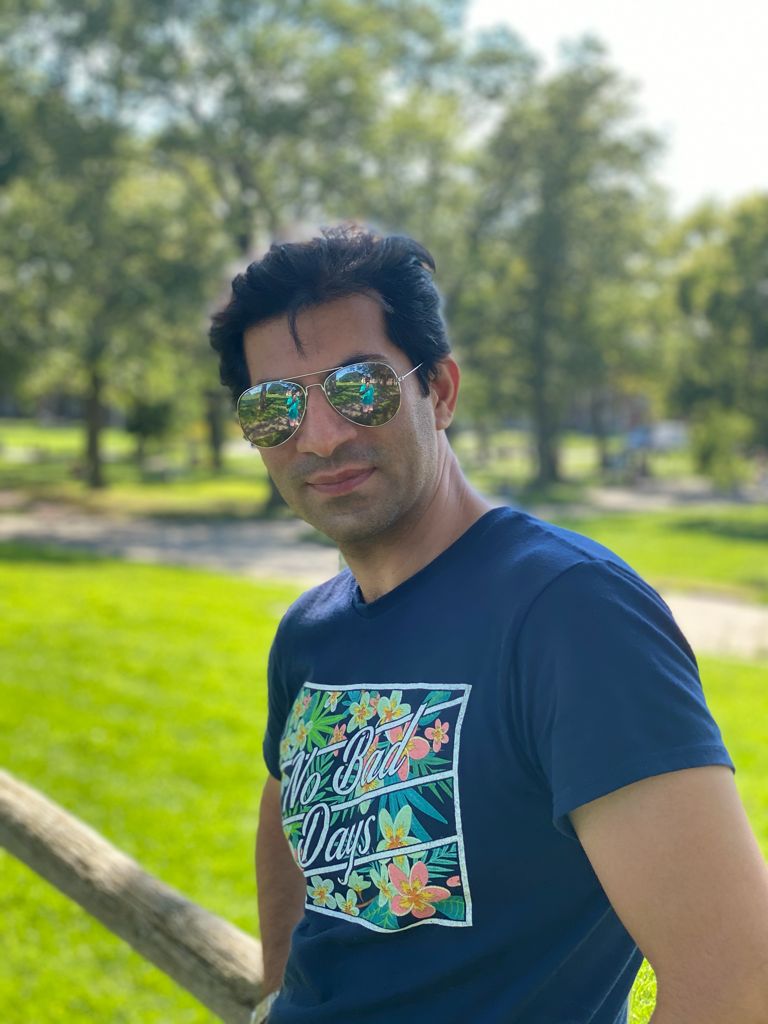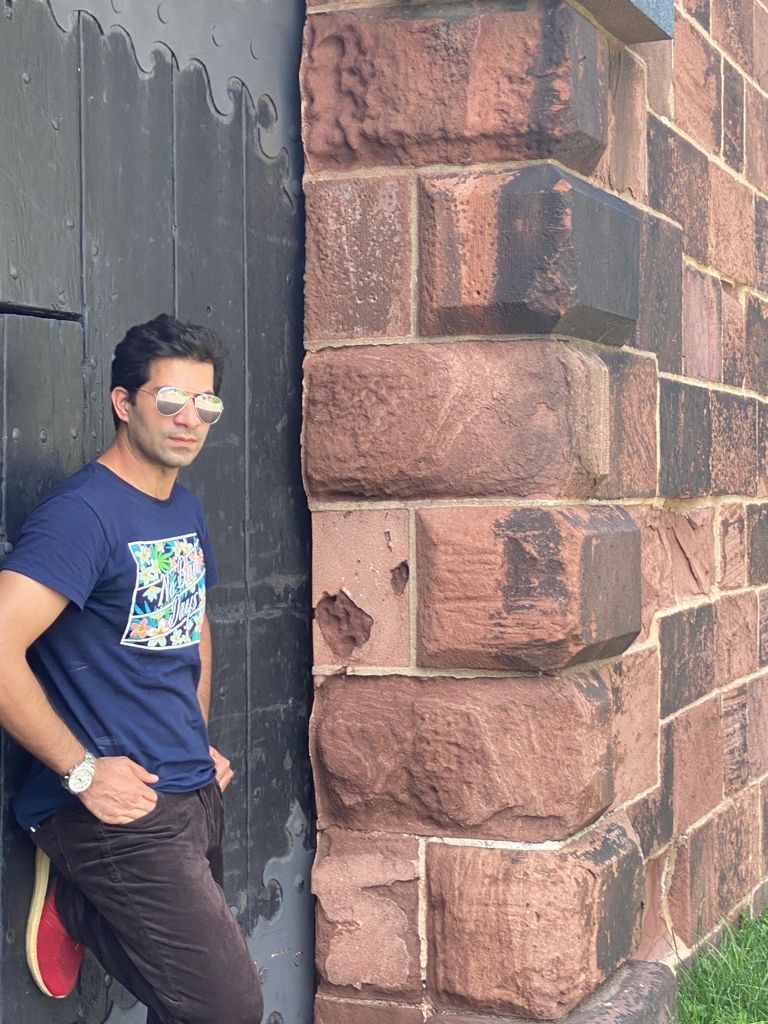How to travel in New York
How to travel in New York
Navigating the City That Never Sleeps: A Guide on How to Travel in New York
By Usman Durrani
10 September 2023
New York, NY – The bustling streets, iconic landmarks, and diverse neighborhoods of New York City make it a dream destination for travelers from around the world. Navigating the city’s intricate transportation system and finding the best ways to get around can be a daunting task for newcomers. In this comprehensive guide, we’ll walk you through how to travel in the city that never sleeps, ensuring you make the most of your Big Apple adventure.
1. Subway System: The Heartbeat of NYC
New York City’s subway system is the backbone of its public transportation network. With 472 stations across four boroughs, it’s one of the largest and most extensive metro systems in the world. To get started, purchase a MetroCard at any subway station, which provides access to buses and subways. Pay-per-ride and unlimited-ride options are available.
2. Buses: A Scenic Option
If you prefer to see the city at a slower pace, hop on a city bus. The MTA operates a vast network of bus routes that connect neighborhoods and destinations not served by the subway. Be sure to check schedules and routes, as traffic can affect travel times.
3. Walking: Explore Up Close
One of the best ways to immerse yourself in the city’s unique neighborhoods is by walking. New York City is incredibly pedestrian-friendly, with well-maintained sidewalks and crosswalks. Plan your itinerary to include leisurely strolls through Central Park, the High Line, and iconic streets like Fifth Avenue and Broadway.
4. Taxis and Rideshares: Convenience at a Price
Yellow taxis are an iconic sight in New York City. They’re readily available, especially in Manhattan. Alternatively, rideshare services like Uber and Lyft are popular and convenient options. Keep in mind that traffic congestion can affect travel times and costs, especially during peak hours.
5. Cycling: Two-Wheeled Freedom
For the adventurous traveler, consider renting a bike. New York City has made great strides in becoming more bike-friendly with dedicated lanes and bike-sharing programs like Citi Bike. It’s an excellent way to explore neighborhoods and parks while getting some exercise.
6. Ferries: Waterway Adventures
With its proximity to water, New York City offers numerous ferry options. The Staten Island Ferry provides breathtaking views of the Statue of Liberty and the Manhattan skyline and is free of charge. You can also take the East River Ferry or explore the city’s waterfront neighborhoods via water taxis.
7. Car Rentals: Not Recommended for Most
While having a car might be practical for some excursions, it’s generally not advisable for navigating the city. Parking can be expensive and scarce, and traffic congestion is a common occurrence. It’s often easier and more cost-effective to rely on public transportation or other options.
8. Tourist Passes: Economical Exploration
Consider purchasing a New York CityPASS or Explorer Pass for discounted access to top attractions and bundled transportation options. These passes can save you money and streamline your travel plans.
9. Navigating the Boroughs: Diverse Experiences
New York City is divided into five boroughs: Manhattan, Brooklyn, Queens, the Bronx, and Staten Island. Each borough offers a unique cultural experience and has its own transportation options. Be sure to explore beyond Manhattan to fully appreciate the city’s diversity.
10. Plan Ahead: Apps and Resources
Finally, make use of technology. Download transportation apps like Citymapper, Transit, and Uber to navigate the city efficiently. Also, consult online resources, city maps, and guidebooks to plan your trip and get insider tips from fellow travelers.
In the city that never sleeps, your transportation choices are as diverse as the experiences you’ll have. From the iconic subway system to leisurely strolls through Central Park, New York City offers countless ways to explore its vibrant streets and neighborhoods. With some planning and a spirit of adventure, you’ll find that traveling in the Big Apple can be an unforgettable journey.
